Health & Science
Can an aspirin a day keep cancer at bay?; Another reason to work out; How shock therapy works; Iceland’s Viking mice
Can an aspirin a day keep cancer at bay?
A daily dose of aspirin helps ward off cancer and may even help keep it from spreading, a series of new studies shows. By analyzing data from trials originally designed to test aspirin’s effect on heart health, Oxford University researchers found that people who took a daily aspirin were not only at lower risk of having a heart attack but also 23 percent less likely than non-aspirin-takers to have developed cancer over the course of three years. And over five years, the aspirin-takers showed a 37 percent lower rate of total cancer deaths. In a separate study, the same researchers tracked patients who already had cancer, and found that a daily aspirin may reduce the risk of metastasis, or the spread of cancer from one part of the body to another, by as much as 40 to 50 percent. “No drug has been shown before to prevent distant metastasis,” study author Peter Rothwell tells Reuters.com. It’s a big finding, he adds, because metastasis is what most often kills patients. Doctors have been leery of broadly recommending daily aspirin because it can cause internal bleeding. But Harvard Medical School epidemiologist Nancy Cook said the new study brings experts “another step closer to broadening recommendations for aspirin use.”
Another reason to work out
The Week
Escape your echo chamber. Get the facts behind the news, plus analysis from multiple perspectives.

Sign up for The Week's Free Newsletters
From our morning news briefing to a weekly Good News Newsletter, get the best of The Week delivered directly to your inbox.
From our morning news briefing to a weekly Good News Newsletter, get the best of The Week delivered directly to your inbox.
Call it a “coregasm.” Some women experience sexual pleasure through exercise alone—no partner, toys, or even sexual thoughts required—and the best trigger seems to be working out the core abdominal muscles. Researchers at Indiana University’s Kinsey Institute used online surveys to reach hundreds of women who said they’d experienced sexual pleasure during exercise. Of those who claimed that exercise brought on a full-blown orgasm, 51 percent said it first occurred during an abs workout. Others cited weight lifting (27 percent), yoga (20 percent), biking or spinning (19 percent), running (13 percent), or hiking (10 percent). A few women even reported sexual feelings while mopping the floor. Although rumors of the coregasm have circulated for years in women’s and fitness magazines, until now there was no formal study of it. “Exercise-induced orgasm is something we really know nothing about—not scientifically,” study author Debby Herbenick tells ABCNews.com. She calls her new research “exploratory,” but hopes it can be a major step toward understanding the physical processes underlying women’s sexual pleasure.
How shock therapy works
Psychiatrists have used electric shocks as therapy for more than 70 years, but scientists say they’ve only now come to understand how the controversial treatment is able to cure depression. By studying patients’ brains before and after electroconvulsive therapy (ECT), researchers at the University of Aberdeen in Scotland found that ECT-induced seizures dampen hyperactive connections between the brain regions that control mood and those that control thinking. Turning down that “hyperconnectivity” between emotion and reason, lead researcher Ian Reid tells BBC.com, allows the brain to re-establish its normal chemical balance. ECT is “one of the most effective treatments” available for severe depression, Reid says, but the therapy is linked to memory loss—and bears a stigma stemming from hair-raising portrayals like the one in the novel and movie One Flew Over the Cuckoo’s Nest. With fuller understanding of how ECT works, Reid says, “we will be in a better position to replace it with something less invasive and more acceptable.”
Iceland’s Viking mice
A free daily email with the biggest news stories of the day – and the best features from TheWeek.com
They weren’t fearsome fighters or canny navigators, but Norse rodents appear to have conquered many of the same lands as human Vikings—by stowing away on Viking ships. “We show they got as far as Greenland,” evolutionary biologist Eleanor Jones of Uppsala University in Sweden tells New Scientist. She and her colleagues tested mitochondrial DNA of present-day house mice that live in Iceland, Greenland, and northwest Newfoundland—all territories the Vikings are known to have settled about 1,000 to 1,200 years ago. They also tested genetic material in old mouse bones found at Viking-era archaeological sites in Greenland and Iceland. Their research revealed that mice living in Greenland a millennium ago had Norwegian ancestry, but that the genetic line died out there over the centuries and is no longer reflected in the island’s current mouse population. There’s no present-day evidence of Norwegian mice in Newfoundland either, and it’s unclear whether mice ever disembarked in North America from Norse ships. However, in Iceland, descendants of the Viking stowaways still thrive. Jones and her colleagues had no trouble detecting Norse blood there. “It’s exactly the same mitochondrial DNA, reaching right through from the 9th century to the present day,” she says.
-
 Why don’t humans hibernate?
Why don’t humans hibernate?The Explainer The prospect of deep space travel is reigniting interest in the possibility of human hibernation
-
 Would Europe defend Greenland from US aggression?
Would Europe defend Greenland from US aggression?Today’s Big Question ‘Mildness’ of EU pushback against Trump provocation ‘illustrates the bind Europe finds itself in’
-
 The rise of runcations
The rise of runcationsThe Week Recommends Lace up your running shoes and hit the trails on your next holiday
-
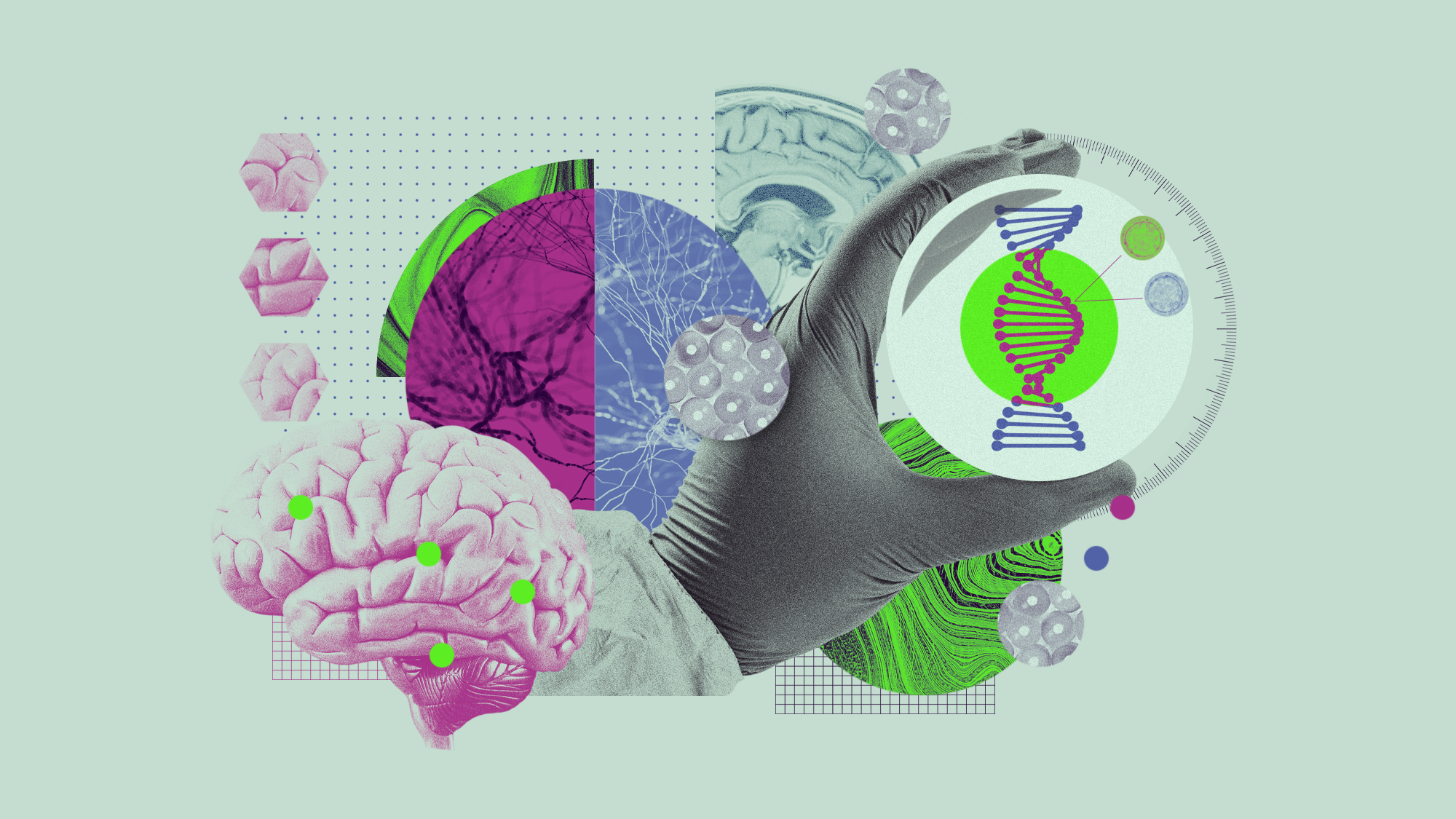 5 recent breakthroughs in biology
5 recent breakthroughs in biologyIn depth From ancient bacteria, to modern cures, to future research
-
 Bacteria can turn plastic waste into a painkiller
Bacteria can turn plastic waste into a painkillerUnder the radar The process could be a solution to plastic pollution
-
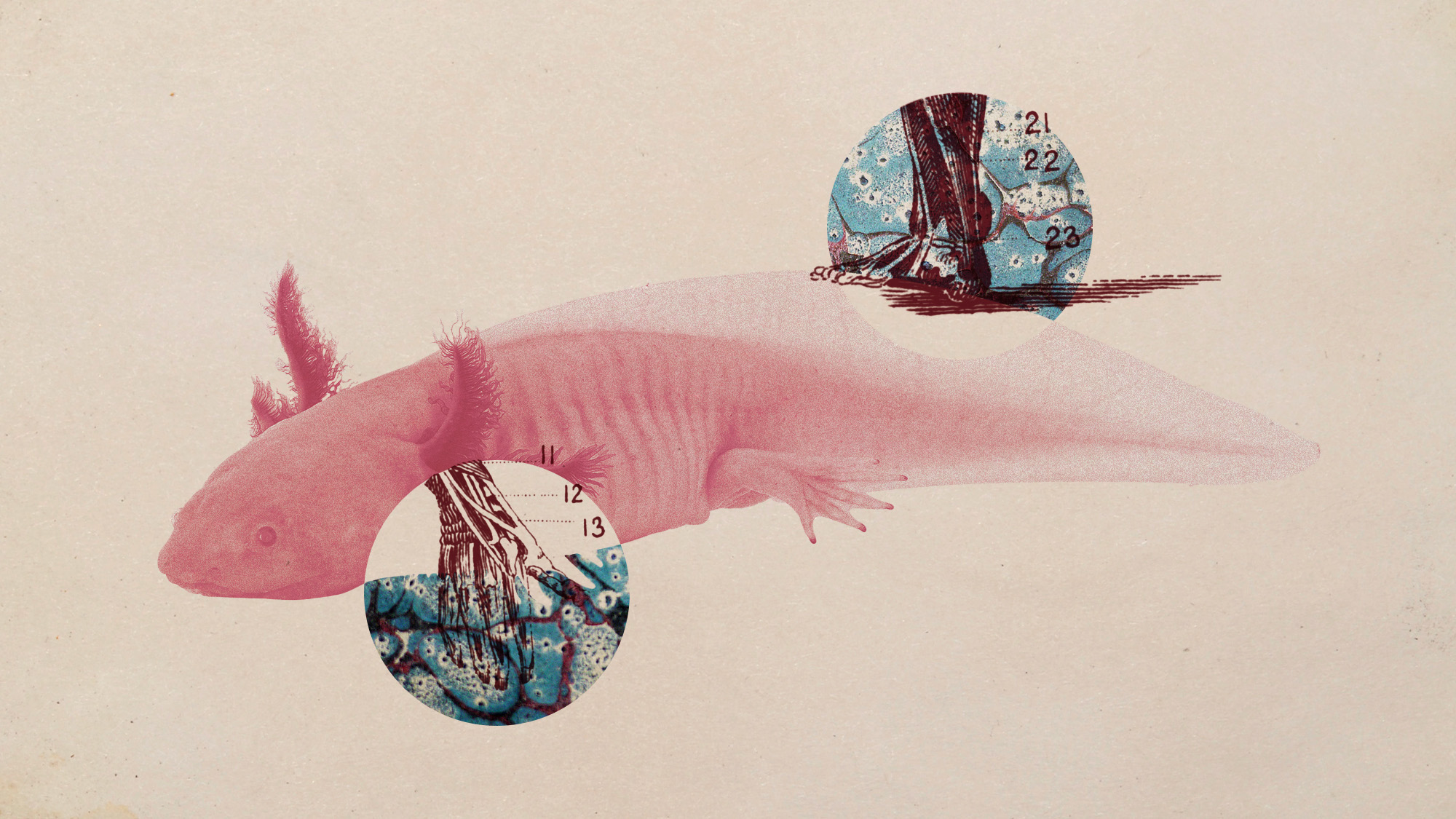 Scientists want to regrow human limbs. Salamanders could lead the way.
Scientists want to regrow human limbs. Salamanders could lead the way.Under the radar Humans may already have the genetic mechanism necessary
-
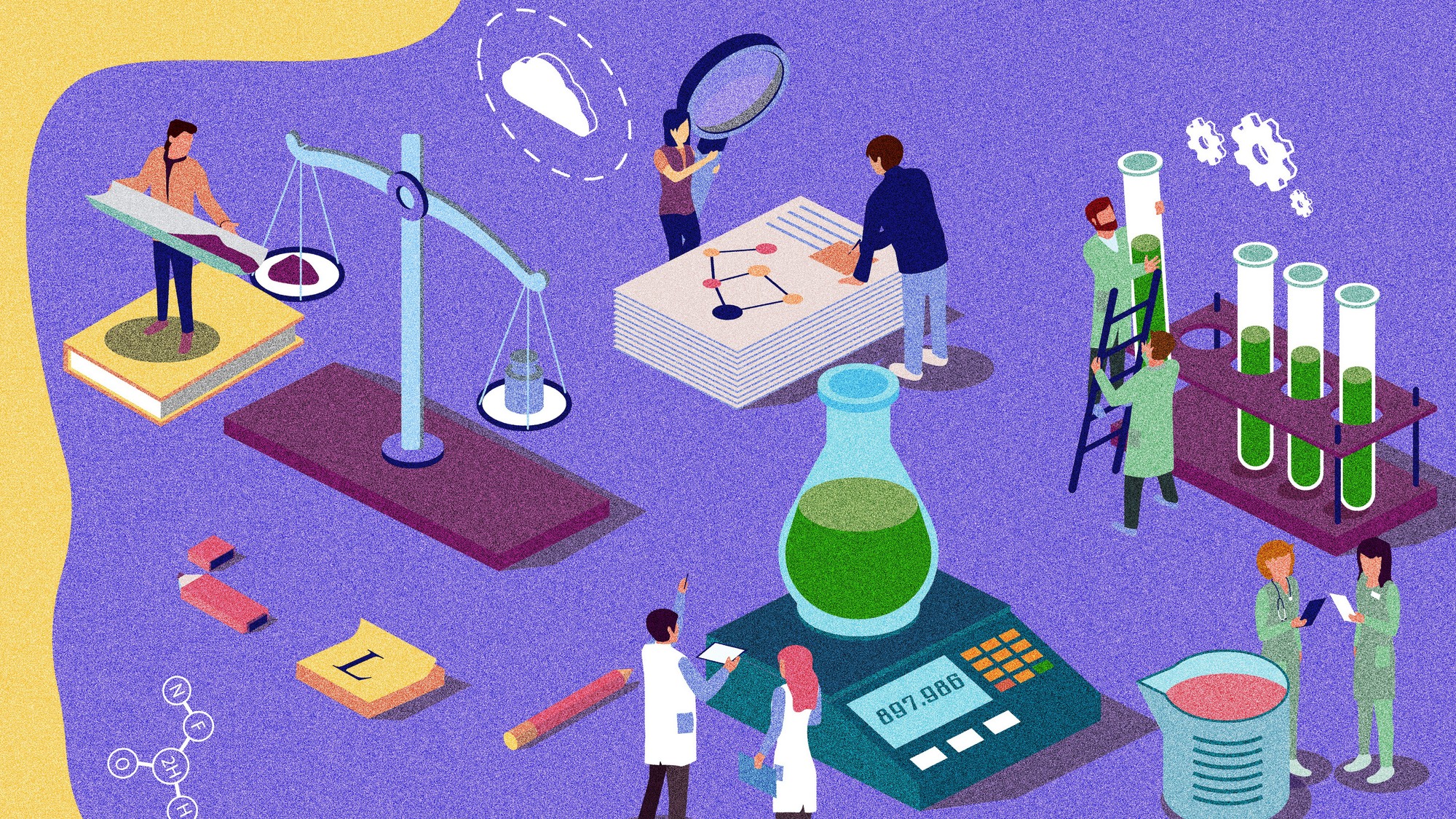 Is the world losing scientific innovation?
Is the world losing scientific innovation?Today's big question New research seems to be less exciting
-
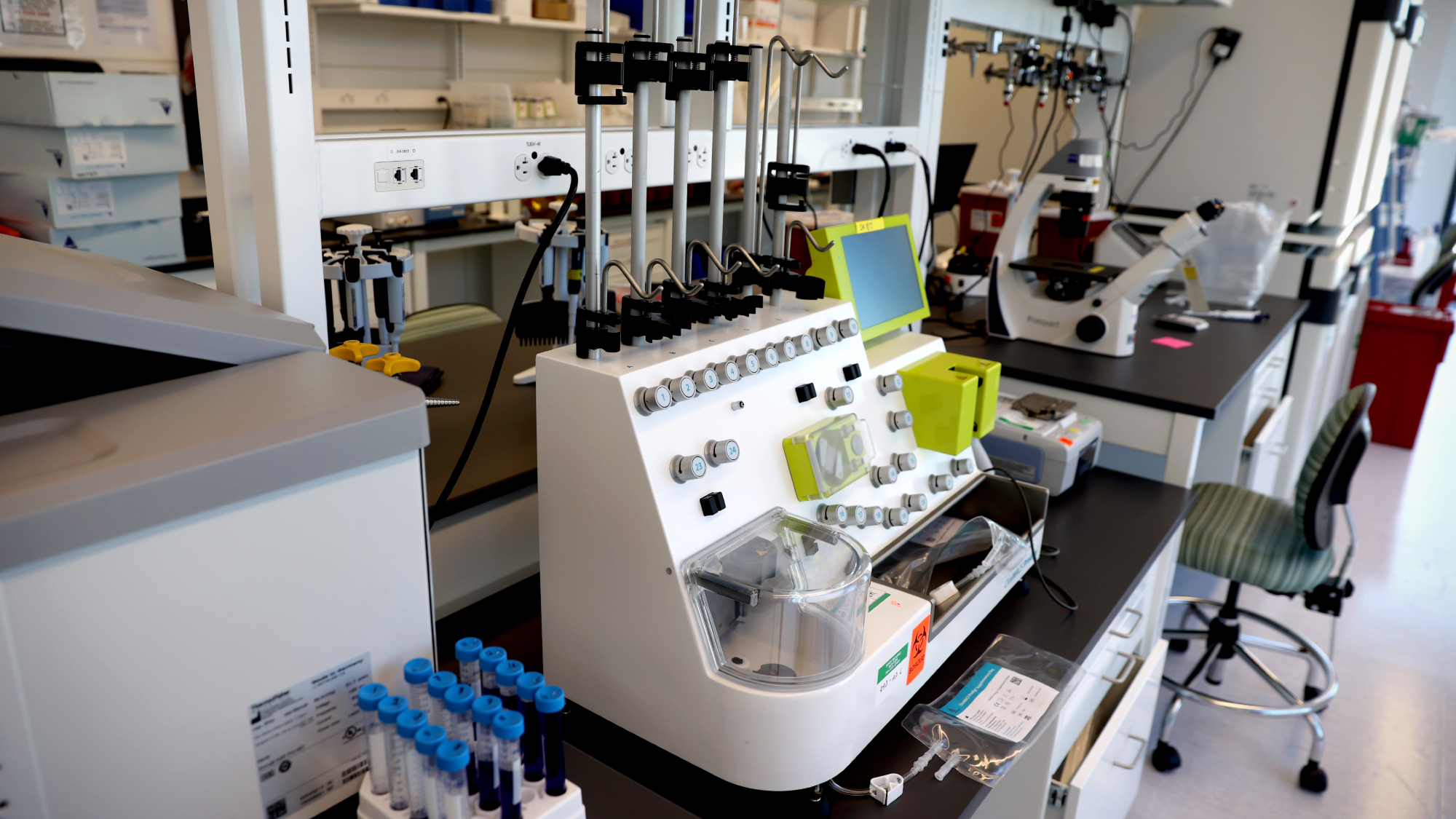 Breakthrough gene-editing treatment saves baby
Breakthrough gene-editing treatment saves babyspeed read KJ Muldoon was healed from a rare genetic condition
-
 Humans heal much slower than other mammals
Humans heal much slower than other mammalsSpeed Read Slower healing may have been an evolutionary trade-off when we shed fur for sweat glands
-
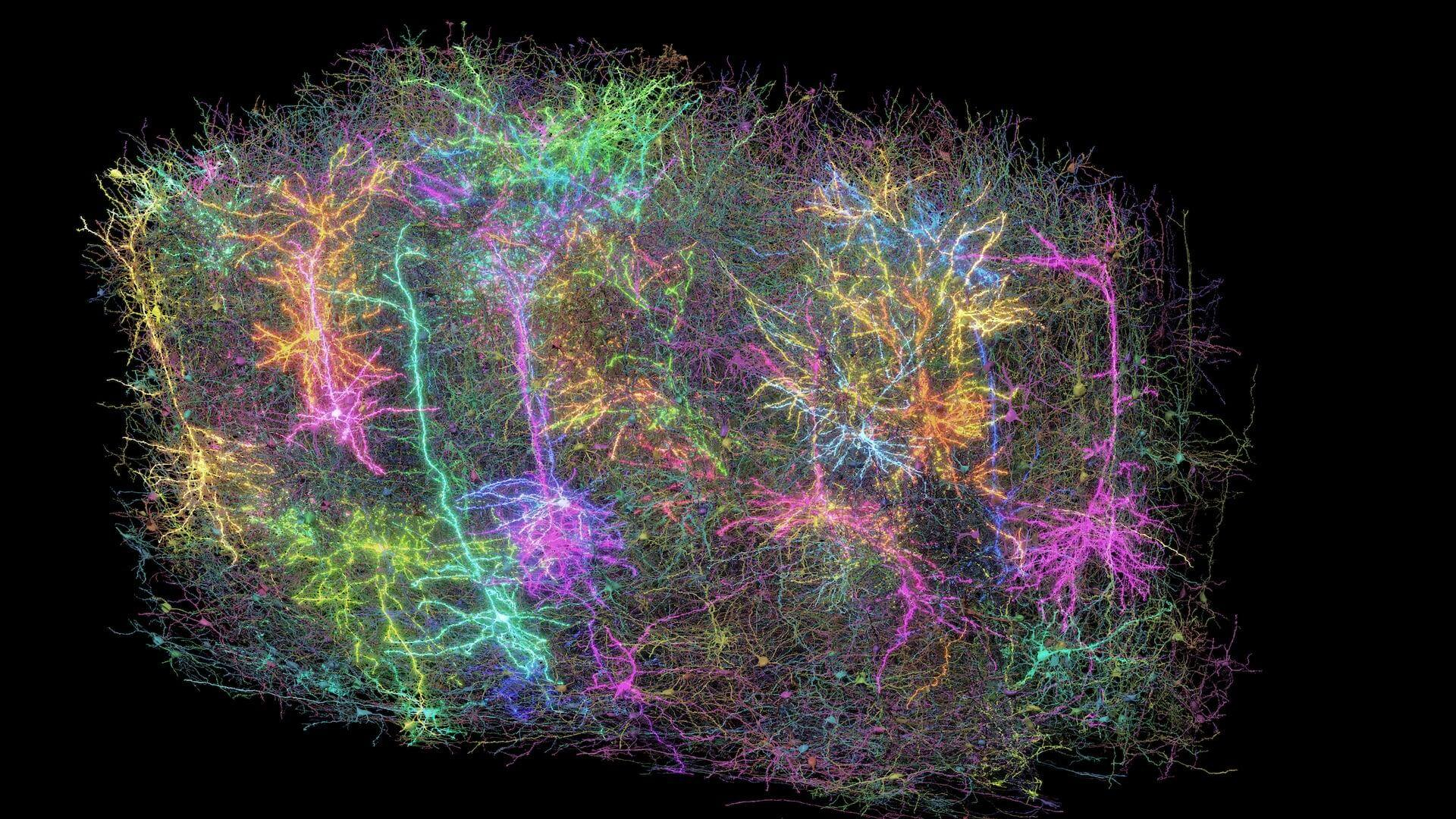 Scientists map miles of wiring in mouse brain
Scientists map miles of wiring in mouse brainSpeed Read Researchers have created the 'largest and most detailed wiring diagram of a mammalian brain to date,' said Nature
-
 Scientists genetically revive extinct 'dire wolves'
Scientists genetically revive extinct 'dire wolves'Speed Read A 'de-extinction' company has revived the species made popular by HBO's 'Game of Thrones'